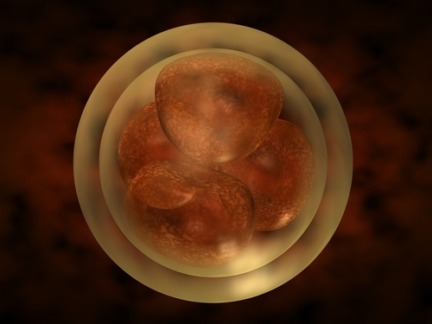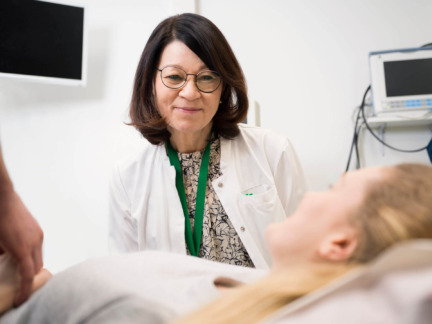Assisted Hatching (AHA)
Assisted hatching can improve the implantation of the embryo into the endometrium.
The embryo develops and divides into blastocysts, which are surrounded by an embryonic coat. The embryonic coat becomes thinner as the embryo develops. In most cases, the coat is ruptured on the sixth day after fertilisation and the embryo is hatched. Embryo hatching is a prerequisite for the implantation of the embryo into the endometrium. In some cases, the implantation of the embryo may be disturbed due to a malfunction of the proteins in the embryo coat or if the embryo’s coat is thicker than normal.
In assisted hatching (AHA), the coat of the embryo can be made thinner or a small hole can be made in it to promote hatching, either by means of a special pipette, acidic saline solution or a laser. The aim of the procedure is to ensure that any abnormalities in the structure of the embryo coat do not prevent the embryo from implanting into the uterus.
Assisted hatching is discretionarily used when no specific reason for repeated failed treatments has been found or the embryo coat is thicker than normal.


